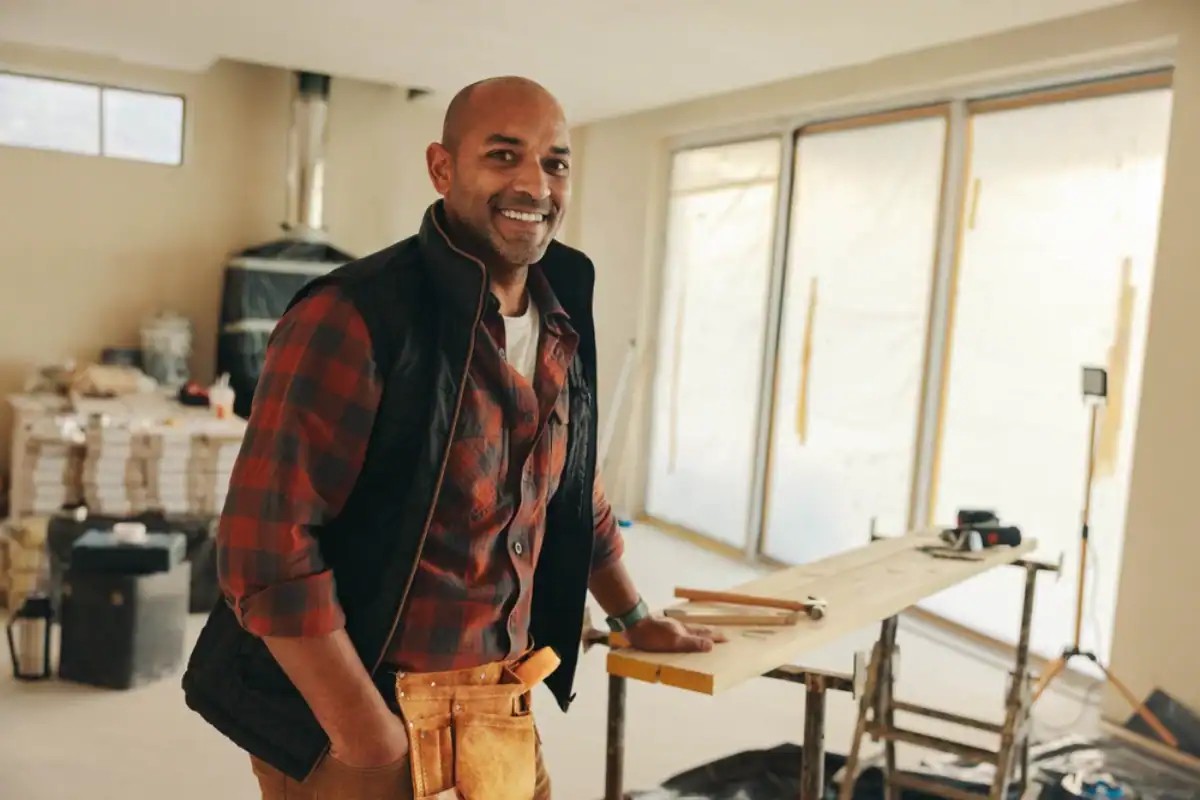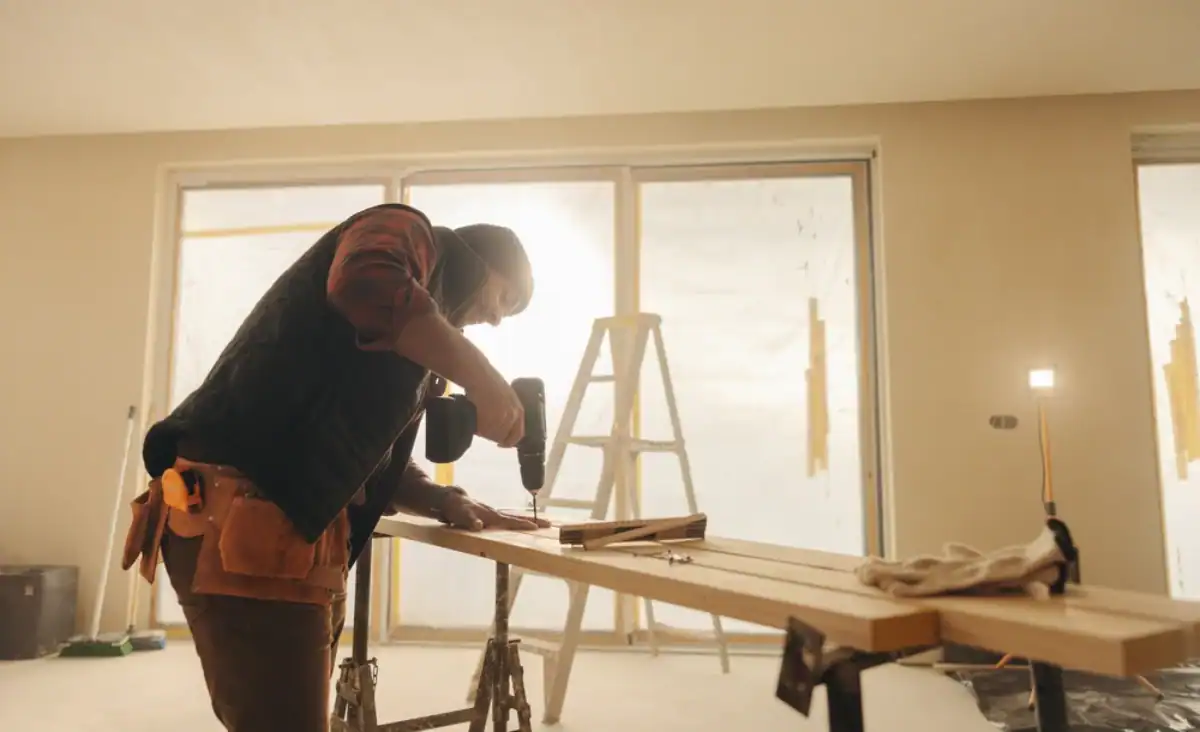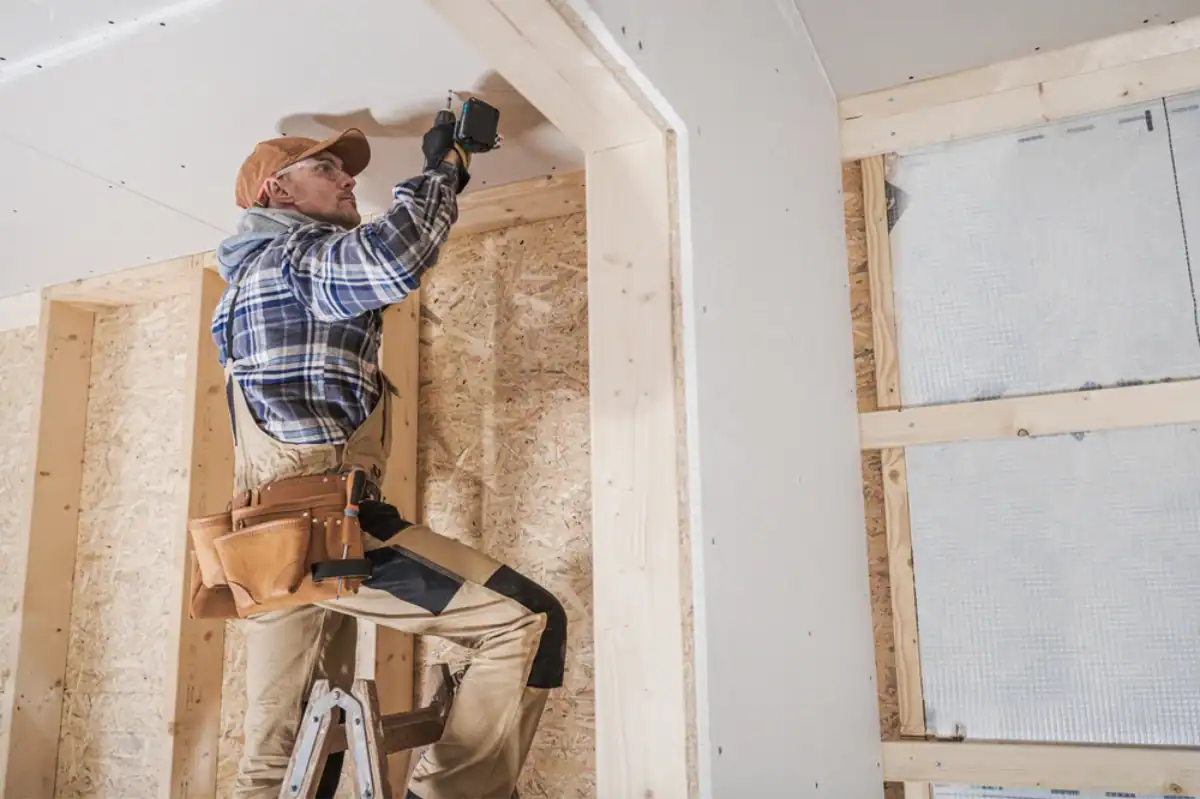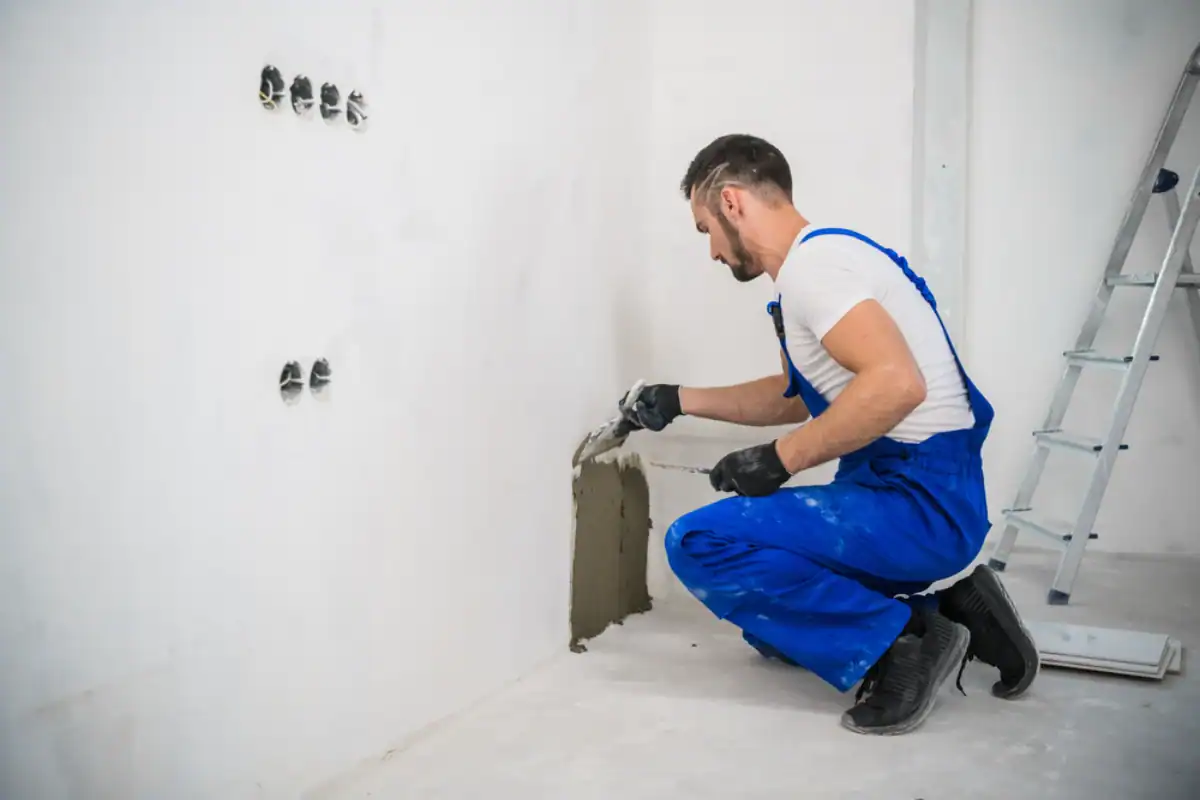Local expertise, quality work, and honest communication from start to finish.


You get a contractor who shows up when we say we will. No more waiting around wondering if today’s the day work actually starts.
Your project gets done with materials that make sense for Long Island’s coastal climate. Salt air and seasonal weather changes demand the right approach from day one.
You’ll know exactly what you’re paying before work begins. No surprise costs halfway through when you’re already committed. Just clear pricing and honest communication about what your project actually requires.
Rich’s Construction has been handling home improvement projects across Long Island for years. We understand what works in coastal environments and what doesn’t.
Every project gets the same approach: proper planning, quality materials, and work that’s built to last. We maintain all required licensing and insurance because protecting homeowners matters.
Our team knows local building codes and permit requirements. No guesswork about what’s needed to get your project approved and completed correctly.

First, you’ll get a detailed assessment of your project. This means understanding exactly what work needs to happen and identifying any potential issues before they become expensive problems.
Next comes a written estimate that breaks down materials, labor, and timeline. You’ll know what you’re paying for and when each phase of work will happen. No vague promises or ballpark figures.
Work begins with proper permits pulled and materials ordered. The job site stays organized and clean throughout the project. You’ll get regular updates on progress and any adjustments needed along the way.

Ready to get started?
Every general contractor project includes proper planning and permit coordination. You won’t have to navigate building department requirements or worry about code compliance issues.
Material selection focuses on what actually works in Long Island’s climate. Coastal properties face unique challenges that require the right products and installation methods. We source materials from established local suppliers with proven track records.
Project cleanup happens daily, not just at the end. Work sites stay organized and safe throughout construction. Your property gets protected during work and properly cleaned when the project wraps up.
